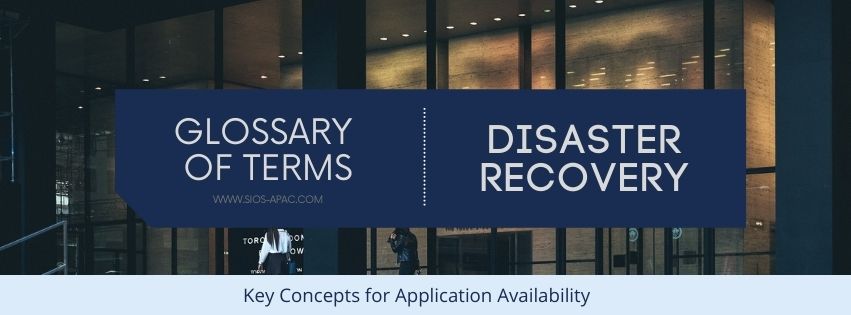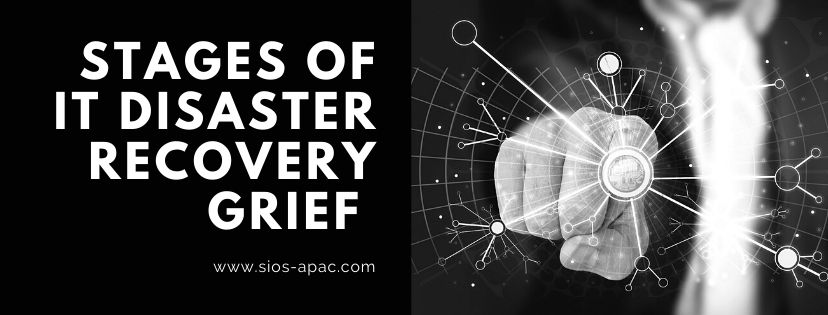Glossary of Terms: Disaster Recovery
Definition: Provides a structured approach for responding to unplanned incidents that threaten a company’s IT infrastructure. Disaster recovery protection typically involves ensuring redundancy and geographic separation of business-critical operations, data, and systems.
Reproduced from SIOS




